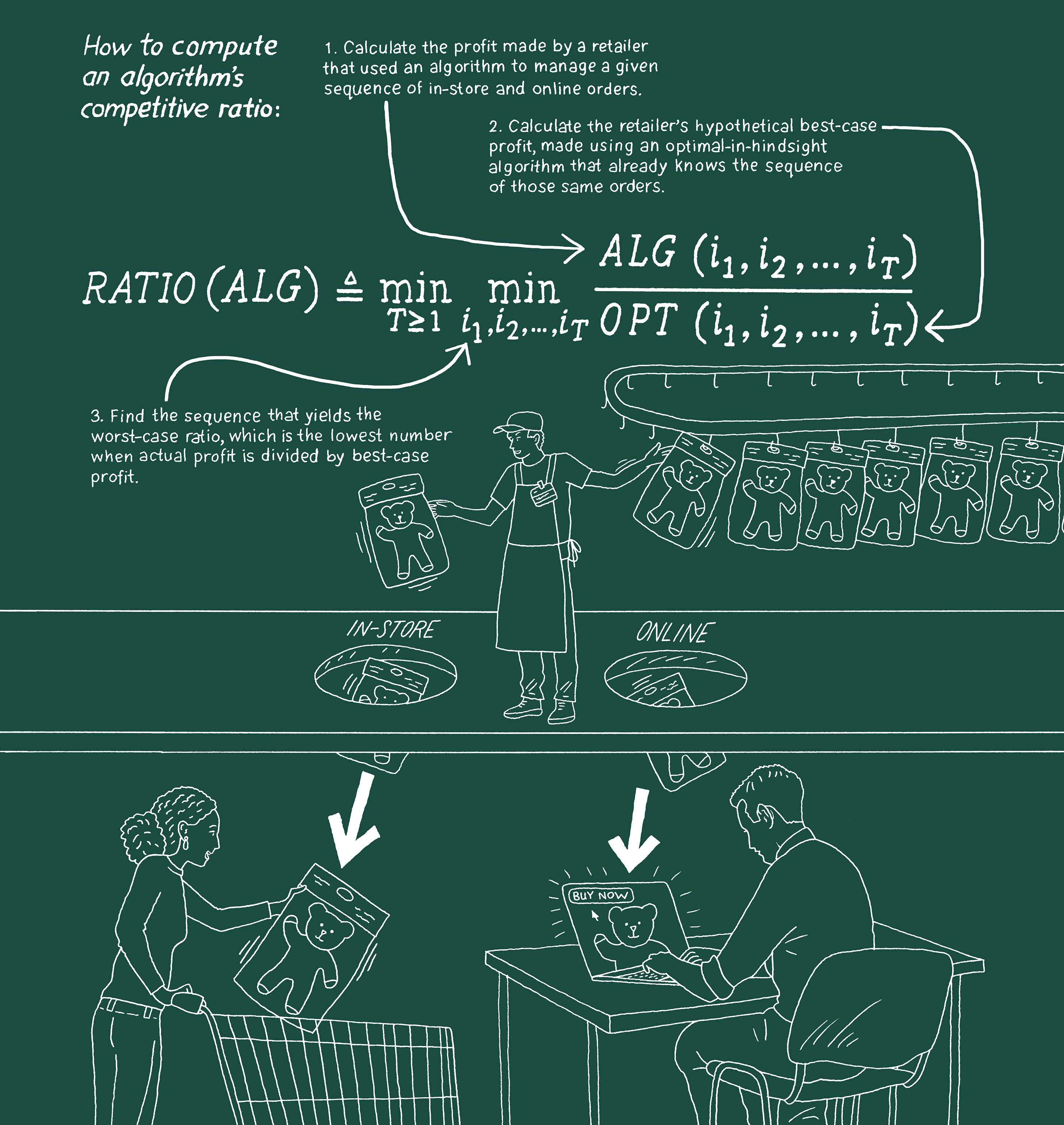Large retailers filling online orders from their brick-and-mortar stores have a challenge: deciding how much inventory should be allocated to web purchases while continuing to serve walk-in customers. This balancing act can be difficult, especially if demand is highly variable and a retailer has hundreds of physical stores. A study by a group of researchers affiliated with Chicago Booth, including University of California at Irvine’s Zuguang Gao, who received his PhD there; current PhD student Zi Ling; and professors Varun Gupta and Linwei Xin finds that a dynamic algorithm, which computes a limit for online inventory and updates that limit throughout the day, can help. The researchers arrived at this result by determining which algorithm, dynamic or static (providing only a single daily limit), had the best “competitive ratio.” This involved creating an optimal, benchmark algorithm using past data, and then seeing which algorithm came closest to matching it. To learn more, read “Why Retailers Should Reject Some Online Orders.”

Illustration by Peter Arkle
Your Privacy
We want to demonstrate our commitment to your privacy. Please review Chicago Booth's privacy notice, which provides information explaining how and why we collect particular information when you visit our website.
